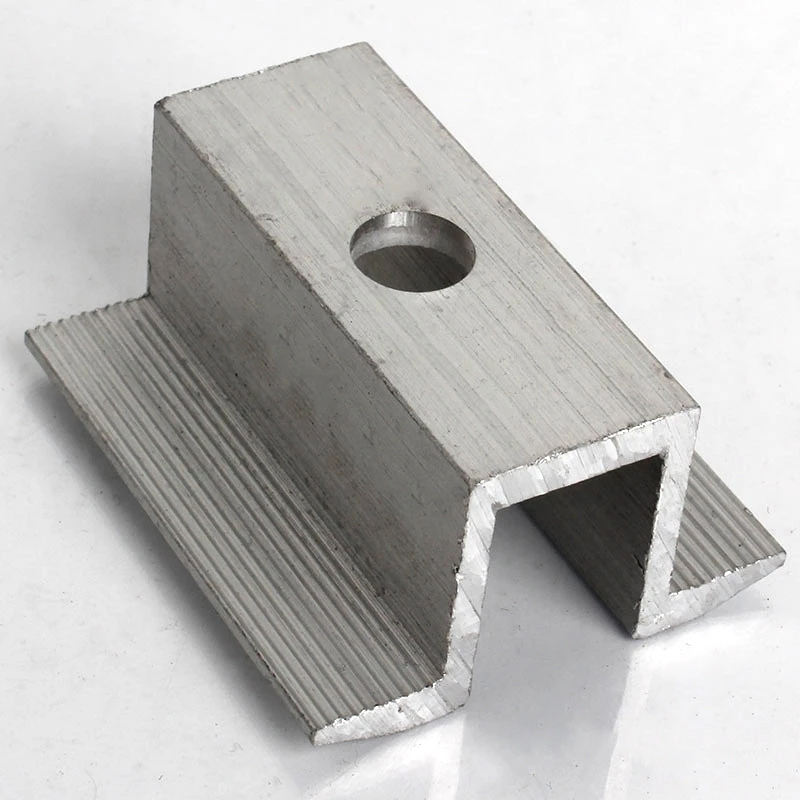

gas meter shear bolt
Th12 . 06, 2024 23:23 Back to list
gas meter shear bolt
Understanding Gas Meter Shear Bolts Importance, Function, and Best Practices
In the utility industry, ensuring accurate measurements and robust safety features is essential for functionality and compliance. One often-overlooked component in gas metering systems is the shear bolt. Gas meter shear bolts play a critical role in maintaining the integrity and reliability of gas meters, thus ensuring that consumers receive accurate billing and service. In this article, we will delve into the importance, function, and best practices related to gas meter shear bolts.
What are Shear Bolts?
Shear bolts are specialized fasteners designed to break or shear under a predetermined load. This feature makes them invaluable in various applications, including gas metering systems. In essence, shear bolts serve to protect sensitive equipment and ensure that the meter itself remains intact during instances of excessive force or tampering attempts.
Importance of Gas Meter Shear Bolts
1. Protection Against Tampering One of the primary functions of shear bolts in gas meters is to deter tampering. Unauthorized individuals might attempt to manipulate the gas meter for fraudulent purposes, such as bypassing the meter to avoid paying for gas. The shear bolt serves as a deterrent by breaking when excessive force is applied, thereby indicating that tampering has occurred.
2. Preserving Meter Accuracy Gas meters are calibrated precision instruments that measure gas flow. If a meter is tampered with or damaged, it can lead to inaccurate readings, resulting in unfair billing for customers and potentially significant financial loss for utility companies. By using shear bolts, companies can better preserve the accuracy of their gas meters.
3. Safety Mechanism Natural gas is a highly flammable substance, and maintaining safe operating conditions is paramount. In the event of a malfunction or exposure to extreme impacts, shear bolts can break to prevent further damage to the gas meter or associated piping, thereby reducing the risk of gas leaks or explosions.
Functionality of Shear Bolts
gas meter shear bolt

Shear bolts are typically designed to break at a specific torque level. This means that in normal operations, the bolt remains intact, providing secure fastening for the gas meter assembly. However, if someone attempts to remove or forcefully adjust the meter without authorization, the bolt will shear off, signaling that intervention has occurred. This integrity feature is critical for maintaining operational security and accountability in gas distribution systems.
Best Practices for Gas Meter Shear Bolts
1. Regular Inspections Utility companies should conduct regular inspections of gas meters and their shear bolts. This ensures that the meters are functioning properly and that the shear bolts are in place and have not been tampered with or degraded over time.
2. Use Quality Materials Shear bolts should be made from high-grade materials designed to withstand environmental factors and potential tampering attempts. Utilizing robust materials helps ensure reliable performance and longevity.
3. Training Personnel Staff and technicians should be trained to recognize the importance of shear bolts in the gas metering system. This includes identifying signs of tampering or damage and knowing how to respond appropriately.
4. Documentation and Reporting Implementing a systematic approach to document and report any instances of shear bolts breaking can provide valuable data for understanding tampering patterns and improving overall security measures.
Conclusion
Gas meter shear bolts may seem like a minor component in the grand scheme of gas distribution, but their role is critical in protecting both the utility provider and the consumer. Their functionality in preventing fraudulent activity, maintaining accuracy, and ensuring safety cannot be overstated. By following industry best practices, utility companies can enhance their metering systems’ security and reliability, ultimately leading to better service and peace of mind for all stakeholders involved.
Latest news
-
Premium Self Tapping Metal Screws: Strong & Easy Install
NewsAug.02,2025
-
Premium Fasteners Manufacturer | AI-Driven Solutions
NewsAug.01,2025
-
Hot Dip Galvanized Bolts - Hebei Longze | High Strength, Corrosion Resistance
NewsAug.01,2025
-
High-Strength Hot Dip Galvanized Bolts - LongZe | Corrosion Resistance, Custom Sizes
NewsAug.01,2025
-
Best Self Tapping Screws for Drywall - Fast & Secure Installation
NewsJul.31,2025
-
High-Strength Hot Dip Galvanized Bolts-Hebei Longze|Corrosion Resistance&Customization
NewsJul.31,2025

